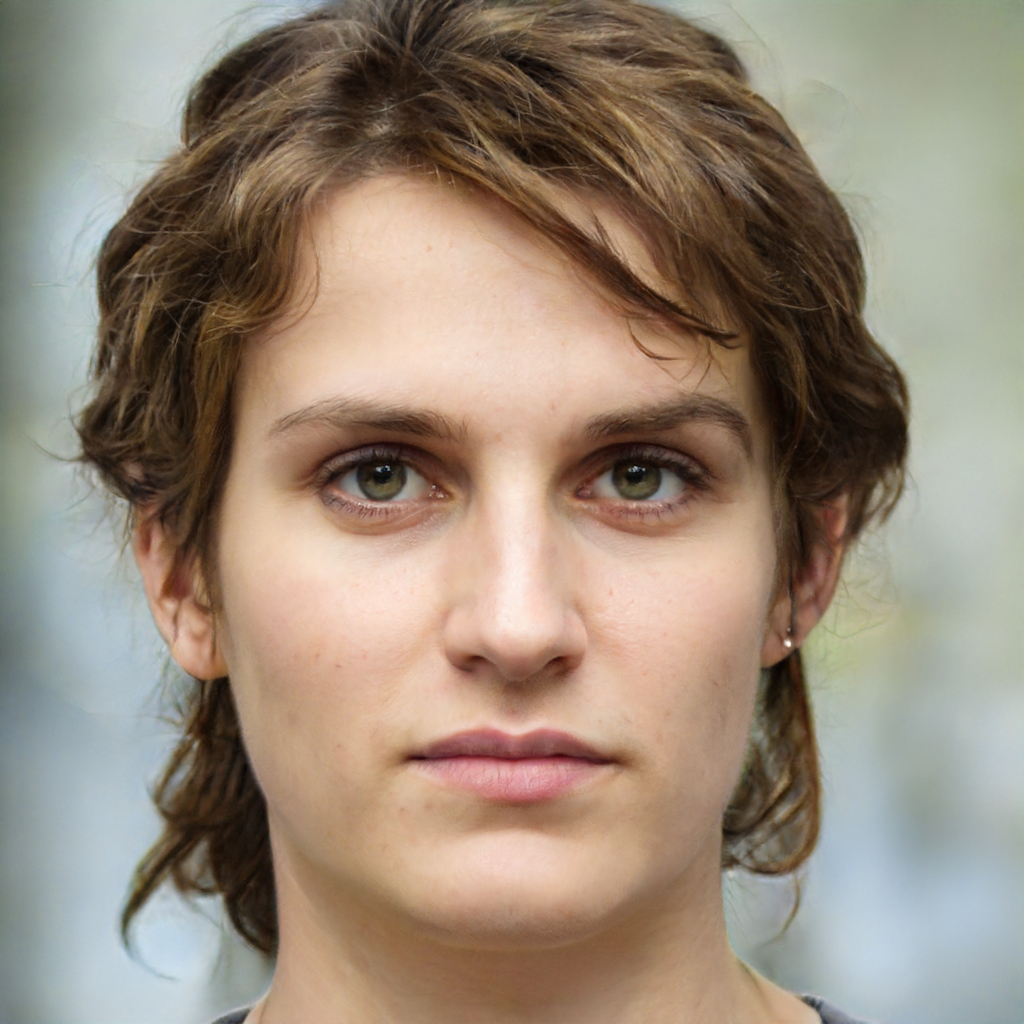How do I find the limit of a sequence?
There is no general way of determining the limit of a sequence. Also, not all sequences have limits. However, if a sequence has a limit point, it must be unique. (This is an elementary result of analysis).
If a sequence be such that, the higher and higher terms get smaller in magnitude or alternatively the difference between consecutive terms decreases as the order of terms increase, you can have a limit. A pretty good example would be,
#{1/n}_n = {1, 1/2, 1/3,....}#
In this case the limit turns out to be #0# because the higher the terms are, the closer they get to #0# and for a sufficiently large #n# which is infinity, #Lim 1/n = 0# which is the limit point.
Two things may be observed. First the limit point has to be unique for every sequence. Second, the limit point may not be a member of the sequence itself as in this case, #0# does not represent any term of the #{1/n}_n# sequenza.
There can be other types of sequences such as the ones in which the consecutive terms increase in magnitude for higher values of #n#. In this case, difference between two consecutive terms increases and the sequence diverges altogether. A good example is,
#{n}_n = {1, 2, 3, ....}#
Qui, #Lim n = prop#
There can be another type of sequence known as the oscillating sequence as shown,
#{(-1)^n}_n = {-1,1,-1,1,....}#
The series neither converges not diverges and is termed as oscillatory.

